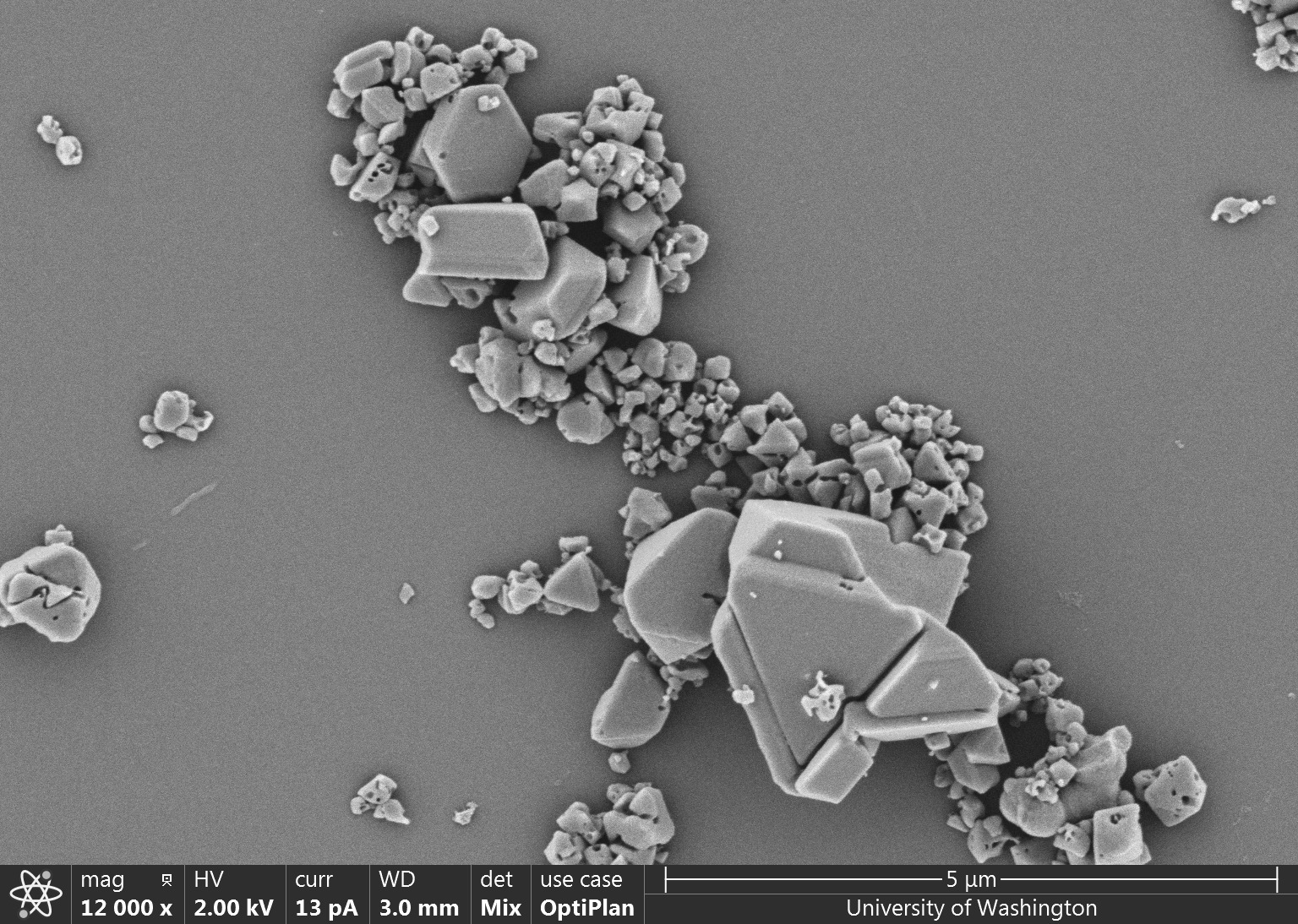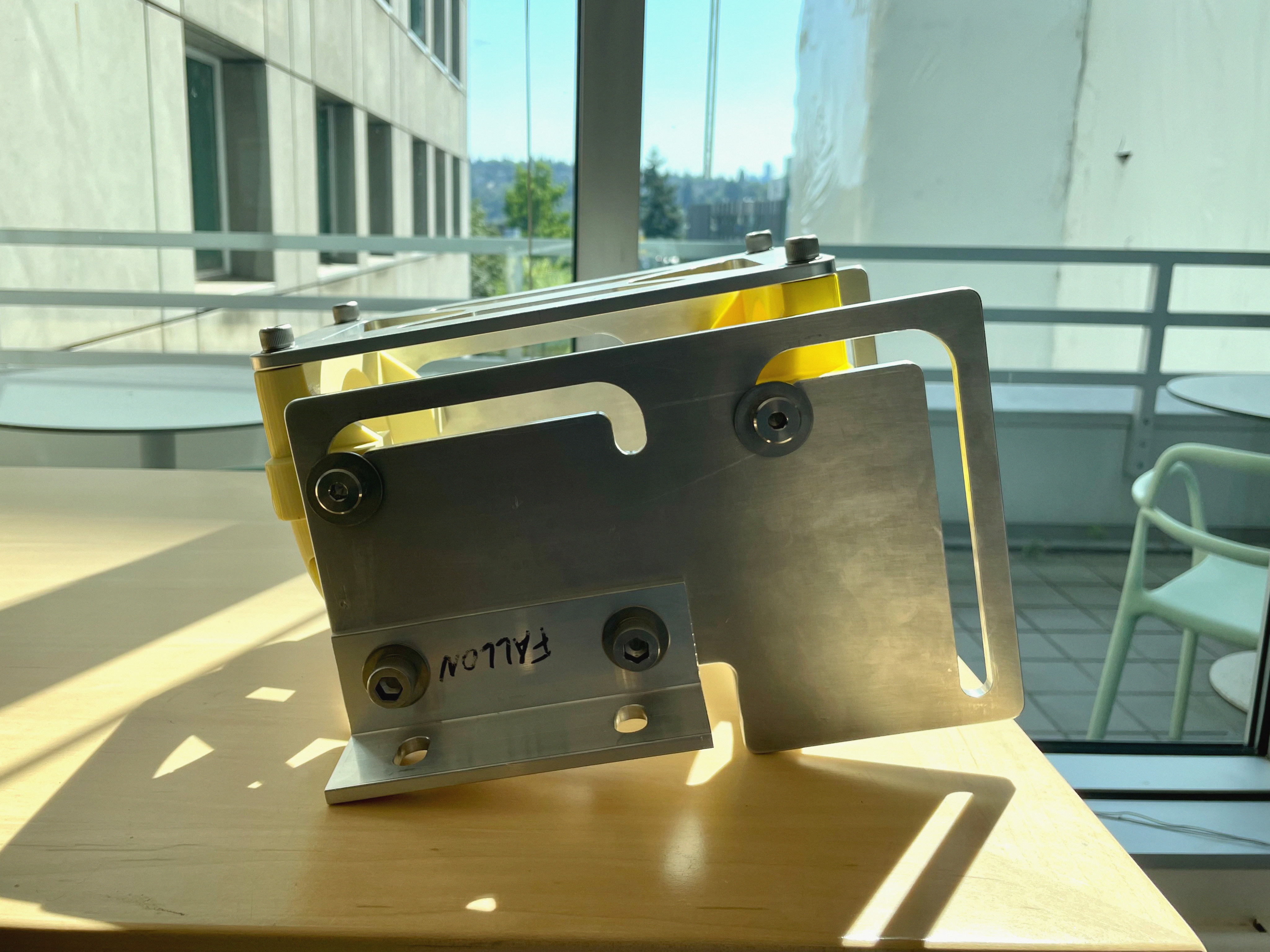APPROACH
From Shoots to Solutions
Click through the stages to explore my problem-solving approach.
The Seed
Click below to begin...
PORTFOLIO
View All ProjectsFeatured Projects
Check out some of my recent projects!

Novosselov Research Group (NRG)•2024
Senior Capstone: MOF Synthesis
Reactor DesignSupercritical FluidsFlow DynamicsChemical Process Engineering
EXPERTISE
Technical Skills
Combining research & analysis with creative engineering—plus an occasional dive into some seriously cool code.
Research & Analysis
Designing controlled experiments, analyzing biomechanical data, and extracting meaningful insights from complex datasets to drive evidence-based engineering decisions.
Experimental DesignStatistical MethodsHuman Subjects ResearchData VisualizationTechnical DocumentationGait Analysis
Design & Optimization
Creating innovative mechanical solutions from concept to production, with expertise in marine systems, prosthetics, and precision fixtures that perform in demanding environments.
Device DevelopmentPrototypingMechanical TestingComposites3D Modeling/PrintingCNC Machining
Programming
Building custom analysis tools and automation scripts to process experimental data, control instrumentation, and simulate complex engineering systems.
MATLABPythonData Acquisition/Processing/StructuresModeling & Analysis ScriptsMicrocontrollersVibe Coding :)
